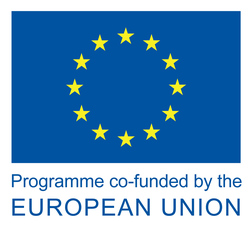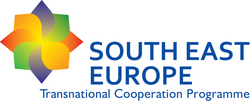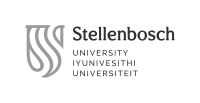ACROSSEE: Accessibility improved at border Crossings for the integration of South East Europe was a project co-financed by the Transnational Cooperation Programme "South-East Europe", working in line with the new EU TEN-T Guidelines and aiming at improving cross-border accessibility in the South -East Europe Area. This objective was reached by promoting optimization of the existing network and extending the EU transport network model to the Western Balkans.


Sector: Logistic and Transport
Program: South East Europe
Project website: http://
The project iwas cofunded by the European Union_South East Europe, and focussed on the implementation of common standards across the different administrative procedure that represent together with the company discrimination's, the real hidden cost of the non integration of the SEE area.
Moreover it contributed to the optimisation of international borders management, that includes reducing cross-border transit time, increase regional and international trade by improving border crossings, ensuring that national trade facilitation procedures are compatible with markets and administrative procedures.
The project promoted institutional and stakeholders permanent cooperation in order to provide concrete actions and projects to contribute to the Danube strategy for Danube regional, the Adriatic strategy and the Black sea synergy: this platform served as a basis for the implementation of the One stop shop along the selected corridor.
A tree-layer approach was used in order to combine and interlink the institutional dimension with the transport model analysis and the contribution of the transport economic dimension on solving the crossborder issues which remain the core part of the project.
The project adopted a common transport model for the entire South East Area, integrated with the rest of Europe and compatible with the current EU system, adequate to be exploited also by public administrations and transport operator.
The core part of the project was focussed on Improving the cross-border mobility of the rail freight flows and adopting concrete measures in order to cut the running time in the cross-border points and to ease up the existing bottlenecks in the SEE area.
Partners: Central European Initiative (Lead Partner, Italy); Venice International Unviersity (Italy), Aristotele University of Thessaloniki (Greece); Austria Tech (Austria); Regional Administration Smolyan (bularia); Trainose sa (Greece); Fdeeral Ministry for Transport Innovation and Technology (Austria); The association of Chamber of Commerce of Veneto Region (Italy); University Politechnica of Bucarest (Romania); Public Foundation for the Development of Industry (Hungary); Region of Epirus (Greece); Veneto Region (italy); Institute of Traffic and Trnsport Ljubljana l.l.c. (Slovenia); Gea College (Slovenia); Ministry of Public Works and Transport (Albania); Prorail Alliance (Croatia); Berlgrade Chamber of Commerce (Serbia); Odessa National Maritime University (Ukraine); Ministry of National Development (Hungary); Ministry of Infrastructure and Transport (Italy); Community of European Railway and Infrastructure Companies (Belgium); Italferr (Italy); Ministry of Transport and Maritime Affairs (Montenegro); Ministry of the Sea, Transport and Infrastructure (Croatia); European Union Road Federation (Belgium); European Intermodal Association (Belgium); European Road Haulers Association (Belgium)
Duration: 36 month (2012/2014)





















